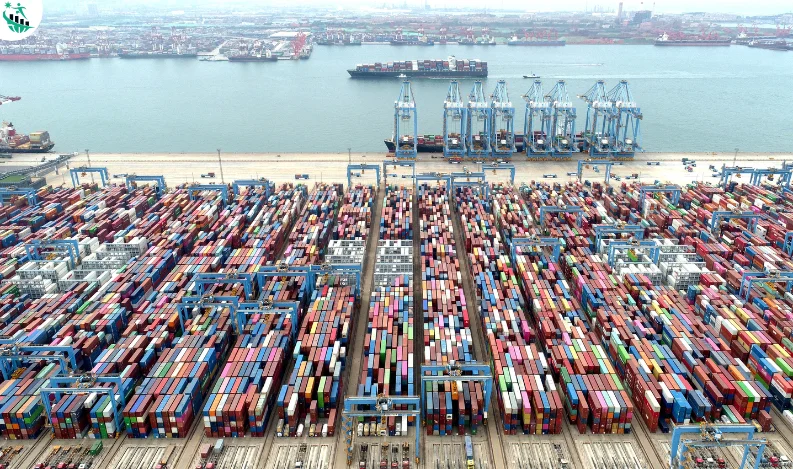
China’s Exports to U.S. Fall Over 34% in May, Marking Sharpest Drop in Over Five Years
China’s exports to the United States dropped 34.5% in May compared to a year earlier, recording the steepest decline since February 2020. The latest customs data released on Monday highlights the growing strain in U.S.–China trade relations despite a short-lived truce that paused most tariffs for 90 days.
Overall, China’s exports grew 4.8% in U.S. dollar terms last month, slightly below economists’ expectations of a 5% rise. Imports, however, fell 3.4% year-on-year, a larger drop than the predicted 0.9% decline, indicating continuing weakness in domestic demand.
The significant fall in exports to the U.S. comes amid renewed trade restrictions. In April, the U.S. imposed tariffs of up to 145% on several Chinese imports. China retaliated with equally harsh measures, including triple-digit tariffs and export restrictions on critical minerals used in electronics and green technologies.
Despite a temporary agreement signed in Geneva last month, tensions between the two economic powers remain high. According to the Peterson Institute for International Economics, effective U.S. tariffs on Chinese goods now stand at 51.1%, while Chinese duties on American products are around 32.6%.
China’s trade surplus with the U.S. shrank by 41.55% year-on-year to $18 billion in May, reflecting the sharp fall in bilateral trade. Imports from the U.S. were down over 18% compared to the same month last year.
In contrast, China’s exports to other regions increased. Shipments to Southeast Asia rose nearly 15%, exports to the European Union grew 12%, and trade with Africa surged over 33%. Notably, the cargo vessel JISU FORTUNE left Jiangsu Province on May 22 carrying over 5,000 vehicles for delivery to European markets, signaling China’s pivot toward non-U.S. trade partners.
Further trade negotiations are expected to take place in London later today. Chinese Vice Premier He Lifeng will meet with U.S. Treasury Secretary Scott Bessent for the second round of discussions following the Geneva agreement. However, progress remains uncertain. Both sides have accused each other of breaching the deal. Washington criticized Beijing for delaying rare earth mineral exports, while China condemned the U.S. for tightening restrictions on Chinese student visas and advanced chip exports.
China’s Ministry of Commerce has stated that it will continue reviewing applications for rare earth exports, citing rising global demand in the electric vehicle and robotics sectors.
Trade analysts believe that ongoing tensions could have a broader impact on global supply chains and foreign investment. May’s slower export growth compared to April’s 8.1% jump signals a possible cooling trend, as companies reassess their supply strategies amid persistent uncertainty.



Recent Comments:
No comments yet.